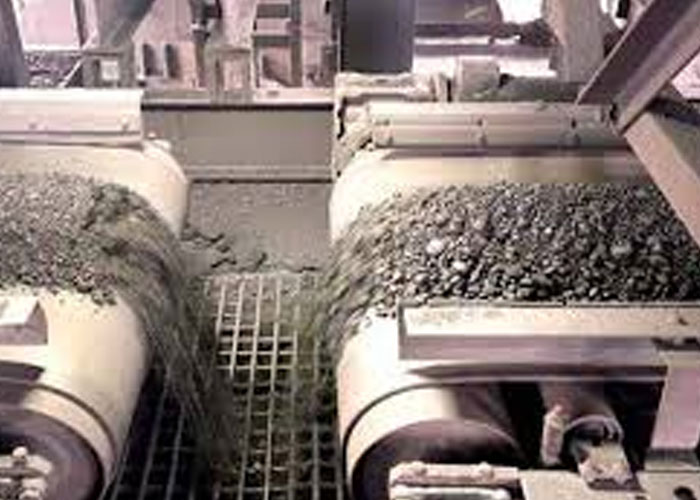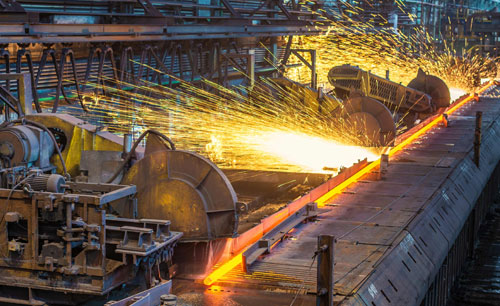Many iron and steel manufacturing companies are using acid recovery processes to treat wastewater. These methods use hydrochloric acid to strip mineral acids from iron salts. They produce large amounts of highly acidic ferrous sulfate and ferrous chloride. Additionally, many wastewaters from these facilities contain hydraulic oil or soluble oil. These compounds can harm the environment. Fortunately, there are a number of methods to treat and recover water in the iron and steel industries.
Depending on the location of your home, you might have to purchase an STP to handle your sewage. Generally, residential buildings need at least one STP to treat sewage. Many STPs are located underground, making them difficult to maintain. Moreover, you may not be able to inspect them without hiring an expert. It is better to consult a professional if you have any doubts about the process.
Treatment
The iron and steel industry produces large volumes of process water. The wastewater is subject to several environmental impacts, including toxicity to aquatic life, reduction of dissolved oxygen, silting from suspended solids, odour, and taste. The wastewater treatment must remove these contaminants from the water before they are released into receiving streams. In addition to treating the water, steel plants often discharge soluble oils. These soluble oils have various chemical properties and must be removed from the wastewater.
Steel plants often combine several processes to treat wastewater, including blast furnace gas washing, hot mills, and other processes. This approach is a terminal treatment plant and is highly effective in handling wastewater from different operations. Typical steel plant waste streams contain suspended solids, free and emulsified oils from the cold rolling process, and acids from pickling rinse waters. Other contaminants in the wastewater include heavy metals, organic compounds, and lead.

Reuse
The reuse of water is a proven method to reduce water costs for the iron and steel industry. The steel industry has undergone significant changes over the past fifty years. These changes include increased recycling of scrap materials, production facilities' geographic distribution, and water management strategies' adoption. The goal is to reduce the volume of water used and discharged in the steel industry while maximizing the benefits of water management. Here are some fundamental principles for effective water management at steel plants.

Reusing water in the iron and steel industry is critical for the environment. Untreated waste waters can have serious environmental effects, including depleting dissolved oxygen and suspended solids, water tainting, and odour. Additionally, untreated wastewater streams can lead to oil slicks and other pollution. Therefore, it is important to treat large volumes of process water prior to reuse and recycling.
Energy efficiency
The iron and steel industry has long been a leader in water reuse and energy recovery. The majority of processes take place at high temperatures and generate a large amount of energy. This energy can come in the form of heated products, hot exhaust gases, or water used to cool processes. The goal of energy management is to maximize the use of energy and minimize waste while also improving process stability. Energy efficiency is essential for reducing greenhouse gas emissions and improving overall profitability.
The iron and steel industry uses a variety of technologies to increase water reuse. In tertiary treatment, traditional activated sludge is often used to reduce the organic material load. The steel industry also uses water treatment technologies to desalinate water. This process increases steel quality and service life while reducing fresh water consumption. In addition, the combination of several different treatment methods can result in high contaminant removal rates and reusable effluents that are easier on equipment and environmentally friendly.
Environmental impact
There are various factors influencing water consumption in iron and steel plants. The technology used, the age and condition of the steel plant and the types of production processes and operations all have an impact on water consumption. Water recovery and treatment are critical to an efficient steel production process. However, three basic factors must be considered for a steel plant to manage its water use effectively. These factors are the quality of the make-up water, the location of the steel plant, and the regulatory requirements.
The wastewater from the iron and steel industries is one of the most polluted. It contains toxic chemicals such as cyanide, ammonia, and phenol. The phenol released into the effluent can increase the pH level of the water. In addition, it can reduce the dissolved oxygen in the water. Toxic chemicals and sediments from the wastewater process are a significant concern.
Safety
Among other factors, the safety of water treatment and recovery in iron and steel plants is critical for the industry's long-term success. In the past, a large number of accidents, especially related to contaminated water, were prevented by implementing a range of prevention strategies, including training and education. These initiatives help improve steel plants' safety and efficiency by controlling potential hazards such as chemicals, noise, and physical injuries. Moreover, they have significantly reduced the number of workplace fatalities as a result.
As part of water treatment and recovery in iron and steel plants, wastewater from these plants may contain high concentrations of metals. Common metals in steel-making process water include zinc, manganese, copper, chromium, and cadmium. While these metals are naturally found in water bodies, their concentrations can adversely affect human health. Furthermore, these heavy metals do not degrade into harmless end products and can become concentrated in sediments or the tissues of aquatic life.







































Share Post